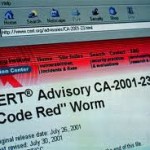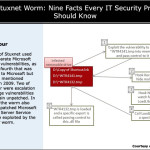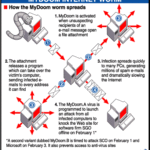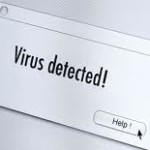Viruses, whether virtual or real, have impacted our lives. If the virus is well known, more likely it caused a lot of damage and grief to people around the world. Virtual viruses, like worms and trojans, have been known to corrupt or steal sensitive information from one’s computer. Here is one of the most well known computer viruses in the last century:
Poison Ivy (2005)
PoisonIvy is a computer security nightmare; it allows the attacker to secretly control the infected user’s computer. Malware like PoisonIvy is known as a “remote access trojan,” because it provides full control to the perpetrator through a backdoor. Once the virus is installed, the perpetrator can activate the controls of the targeted computer to record or manipulate its content or even use the computer’s speaker and webcam to record audio and video. Once thought of as a tool for amateur hackers, PoisonIvy has been used in sophisticated attacks against dozens of Western firms, including those involved in defense and chemical industries, according to a white paper written by Symantec, the computer security firm. The attacks were traced back to China.
What are the Symptoms?
- The presence of a file named systio.exe in %SYSDIR% and the following registry key: HKLM\Software\Microsoft\ActiveSetup\Installed Components\{2E811653-4F55-1574-0104-010302040505}\StubPath value -> %SYSDIR%\systio.exe
- An instance of Firefox running in background even after Firefox is closed
The Poison Ivy essentially makes your PC a toy for the other people to play with. The attacker can literally do anything with your PC, anything. The attacks can range from changing your desktop background without permission to slowing down your computer’s performance. It can even lead up to you not being able to surf the net. The effects of this virus can be very annoying, and sometimes down right scary. Just be thankful that this virus is behind us. Anti-viruses nowadays have the capability to detect and delete the virus. Also there are sites that show you how to delete it manually.







